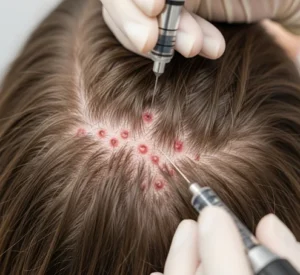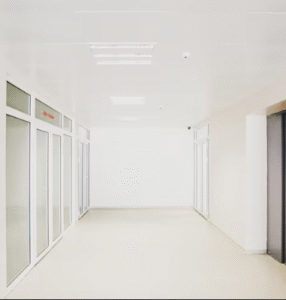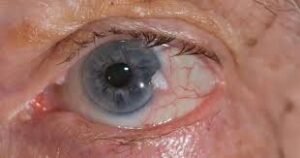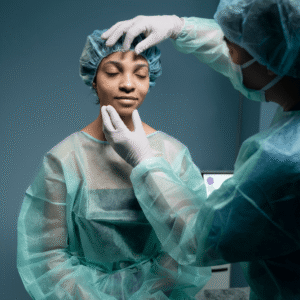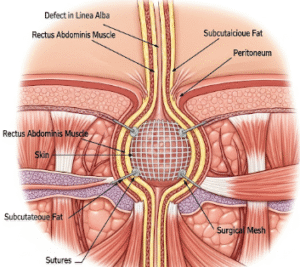Overview
Marfan syndrome is a genetic connective tissue disorder that affects the heart, blood vessels, eyes, and skeleton. In Korea, patients benefit from specialized cardiology, orthopedics, and ophthalmology services to manage complications and improve quality of life.
What is Marfan Syndrome?
Marfan syndrome is caused by mutations in the FBN1 gene, leading to abnormalities in the connective tissue protein fibrillin-1. It affects multiple organ systems, primarily the cardiovascular system, skeletal structure, and eyes. Both males and females can be affected.
Symptoms
- Tall stature with long arms, legs, fingers, and toes
- Curvature of the spine (scoliosis)
- Chest wall deformities (pectus excavatum or carinatum)
- Heart murmurs or palpitations
- Vision problems such as lens dislocation or myopia
- Stretch marks on the skin not related to weight changes
- Joint hypermobility
Causes
- Genetic mutation in the FBN1 gene
- Inherited in an autosomal dominant pattern
- Sporadic mutations may occur without family history
Risk Factors
- Family history of Marfan syndrome
- Presence of connective tissue disorders in relatives
- Early-onset heart or aortic complications in family members
Complications
- Aortic aneurysm or dissection, which can be life-threatening
- Heart valve dysfunction (mitral or aortic)
- Severe scoliosis affecting lung function
- Retinal detachment or other vision problems
- Increased risk of joint dislocations
- Reduced life expectancy if cardiovascular issues are untreated
Prevention
- Genetic counseling for families with a history of Marfan syndrome
- Early detection through regular cardiovascular and ophthalmologic exams
- Avoidance of strenuous physical activities that strain the heart or aorta
- Monitoring and controlling blood pressure
Treatment Options in Korea
Diagnosis
- Echocardiography and MRI to evaluate the aorta and heart valves
- Genetic testing for FBN1 mutations
- Ophthalmologic evaluation for lens dislocation and myopia
- Physical examination for skeletal and joint abnormalities
Medical & Surgical Treatments
- Beta-blockers or angiotensin receptor blockers (ARBs) to reduce stress on the aorta
- Surgical repair or replacement of the aorta or heart valves when necessary
- Orthopedic interventions for severe scoliosis or chest deformities
- Corrective lenses or surgery for vision problems
- Lifelong cardiovascular monitoring
Rehabilitation and Support
- Physical therapy to maintain joint function
- Lifestyle counseling to minimize cardiovascular strain
- Psychological support for patients coping with chronic disease
- Patient education on signs of aortic complications and emergency response



